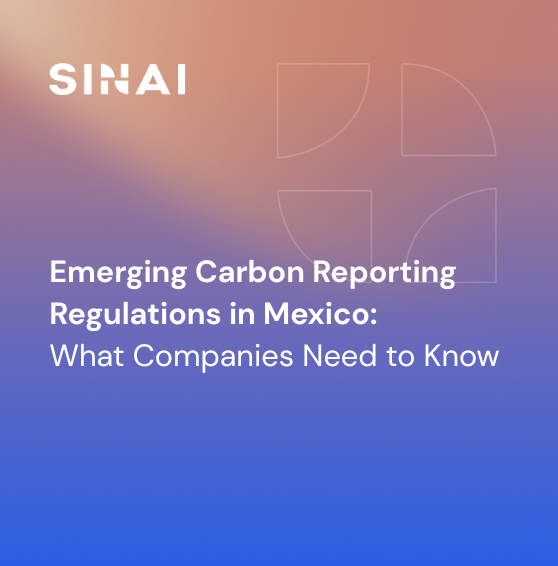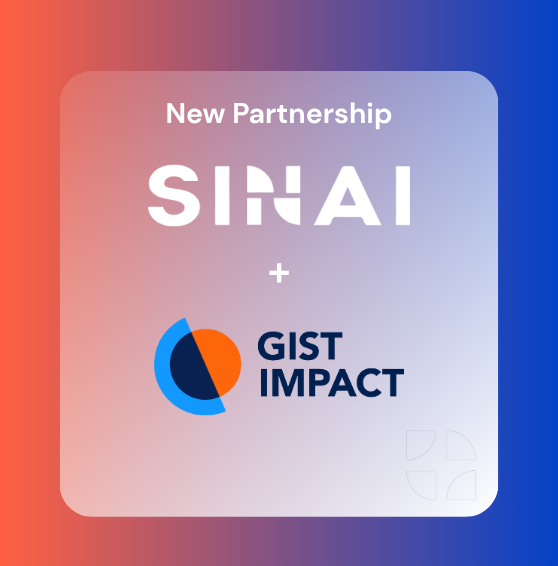
The GHG Protocol: Ensuring your Company Makes Credible Claims
In 2021, it’s not enough to make bold claims that your corporation is doing everything it can to combat climate change. You need to prove the action you are taking is making an impact with robust data and consistent reporting.
With more than 9 out of 10 Fortune 500 companies using the GHG Protocol to report to the CDP, the GHG protocol remains the gold standard for support with measuring and managing your company’s greenhouse gas emissions.
How can your company ensure the climate change promises it makes are sustainable and, most importantly, credible?
In this article, we break down GHG protocol, including the difference between Scope 1, Scope 2, and Scope 3 emissions. We also offer best practices to follow to ensure the GHG emissions claims your company makes are robust and can be trusted by investors, shareholders, and the wider public.
What is the GHG Protocol?
The GHG Protocol controls a robust global standardized framework for private and public sector companies to manage and measure their greenhouse gas (GHG) emissions, including mitigation action and value chain activity.
The GHG Protocol is constantly evolving to ensure that emissions across all sectors are accounted for properly, and building on its 20+ year partnership between the World Resources Institute and the World Business Council for Sustainable Development, along with active involvement from governments, industry-specific associations, NGOs, and businesses worldwide.
Organizations that using GHG Protocol methodology can obtain the "Built on GHG Protocol" review service to receive sector guidance and online training and support for meeting standards. Additionally, this service provides a mark for organizations' external reports to verify compliance with GHG methodology.
The GHG Protocol Corporate Standard
In an effort to support companies and organizations with emissions inventory building, the GHG Protocol provides a Corporate Standard.
The GHG Protocol Corporate Standard’s main aims are to:
- Help corporations prepare accurate and trustworthy GHG inventories using standardized principles and approaches.
- Make it easier and cheaper to compile GHG inventories.
- Provide companies with vital information that can help them build comprehensive decarbonization strategies.
- Increase GHG accounting and reporting transparency and promote consistency between companies.
Scope Emissions Explained
The GHG Protocol has three defined scopes of emissions. Each scope pertains to who is responsible for specific emissions and the level of control necessary for changing those emission levels at various stages.
Scope 1 and Scope 2 emissions are a mandatory aspect of GHG emissions reporting for many companies worldwide. They relate to systems and operations that are within the direct control of a company, for example, through the energy they purchase or onsite systems.
Scope 3 emissions focus on sources of emissions that are external to a particular company’s operations, for example, emissions produced in their value or supply chain. Scope 3 emissions reporting remains voluntary. However, more and more companies realize the reduction of Scope 3 emissions offers the opportunity for the most significant reduction in GHG emissions.

Credible accounting and reporting
Credible GHG emissions accounting and reporting should provide accessible information that is transparent, accurate, consistent, and complete.
Your company should aim to regularly and publicly report on progress towards your carbon emission reduction goals by:
- Basing your report on the best data available at the time of publishing while remaining transparent about limitations.
- Outlining any discrepancies identified from previous years.
- Including your company’s gross emissions for each inventory boundary separate from and independent of any GHG trades you engage in.
Cutting-edge software has emerged to make it easier to develop a rigorous and complete corporate inventory of your GHG emissions, utilizing AI and machine learning to better calculate and report data, including the notoriously challenging value chain Scope 3 emissions that form part of the GHG Protocol Corporate Standard.
Effortless emissions tracking and management
Many corporations are on the path to carbon neutrality or net-zero through with effective GHG accounting at the heart of their carbon strategies.
SINAI’s software solution can help you effortlessly manage value chain wide inventories, as well as decarbonization strategy on the path to deep decarbonization and Scope 3 emissions reduction targets. Gain a holistic view of existing carbon emissions throughout your supply chain and ensure accurate baseline definitions are in place, which will make it easier to analyze granular data of your business partners with the highest emissions. Partnering with SINAI can assist you as you move towards deep decarbonization through automated carbon inventories from your organization and its suppliers, helping them implement carbon emissions strategies backed by data.
Making credible GHG emissions reduction claims based on emissions data and meeting GHG Protocol standards doesn’t have to be challenging. With the right solution that’s entirely customizable for your company’s individual needs, you can move closer to decarbonizing.
To see SINAI in action, contact us for a demo of our software today.











